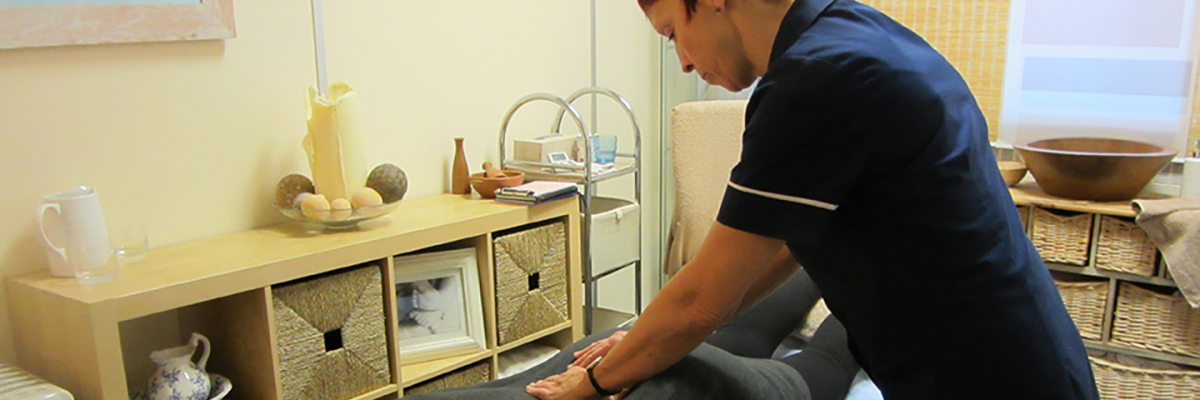
Treatment
Classical McTimoney Manipulation
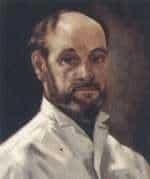 Developed by John McTimoney over 60 years ago in the 1950’s the McTimoney method is recognised as being a gentle, precise, whole body approach to treatment using quick, gentle and accurate adjustments which ensures the patient experiences minimum discomfort. Due to the nature of the McTimoney adjustments (speed, velocity and thrust) they do not force changes but allow the body to align itself and encourage it’s natural ability to repair itself thereby enabling a return to optimum health. I trained in this treatment over 33 years ago and never diversify from the original treatment John McTimoney taught.
Developed by John McTimoney over 60 years ago in the 1950’s the McTimoney method is recognised as being a gentle, precise, whole body approach to treatment using quick, gentle and accurate adjustments which ensures the patient experiences minimum discomfort. Due to the nature of the McTimoney adjustments (speed, velocity and thrust) they do not force changes but allow the body to align itself and encourage it’s natural ability to repair itself thereby enabling a return to optimum health. I trained in this treatment over 33 years ago and never diversify from the original treatment John McTimoney taught.
The skeleton comprises the spine, pelvis and joints with attachments to many muscles and nerves which exit the spine and go to all the organs and muscles in the body. When we lift heavy objects, sit badly at work or relaxing in the evening, slip down the bank while walking the dog or as a new Mum constantly put baby on your left hip we cause misalignments of the pelvis and spine. This can result in acute painful episodes or an accumulative effect and longer term chronic pain both of which will benefit from McTimoney treatment.
John McTimoney was trained by Mary Walker, set up his own practice in 1951 and went on to develop a whole-body treatment using his hands to assess a patient’s skeleton detecting even slight misalignments. He was a pioneer taking the traditional form of Chiropractic in a new direction and giving patients a choice. For more information see:
A patient account of the McTimoney family in her neighbourhood.
"During the 50’s, a new family named McTimoney moved into a house just round the corner from where we lived. This family were fairly private and word got around that the husband didn’t go out to work but was something called a Chiropractor and most people had no idea what this was. Mr McTimoney was regarded with a considerable amount of suspicion as were those brave enough to visit him. Eventually we leant that he manipulated bones particularly of the spine and for many years I wondered whether the Mr. McTimoney I vaguely knew in my youth and McTimoney Chiropractic were linked. It has been interesting to receive this treatment which has eventually helped so many around the world. Long may it continue, grow and expand."
What To Expect When You Come For Treatment
The first consultation will involve taking a full case history about your current symptoms, previous conditions, medications and general health followed by your first treatment. After your treatment you will be advised of possible physical and emotional changes you may experience and how to get the most benefit from your treatment. You should allow 1 hr or more for this initial consultation.
Following treatments assess how you have been feeling since your last treatment and each one is personalised to the requirements of the individual patient depending on their symptoms. They are usually weekly then at longer intervals to aid long term improvement when treatment every 2-3 months is used to maintain the progress and relief of symptoms.
All treatments are done fully clothed so it is advisable to wear loose fitting clothing when you come for treatment. It usually takes between 4-6 treatments to achieve good improvement to symptoms depending on the severity of the problem and how long you have had symptoms for. Age and general fitness will also affect progress as well as good postural habits and the job you do for a living.
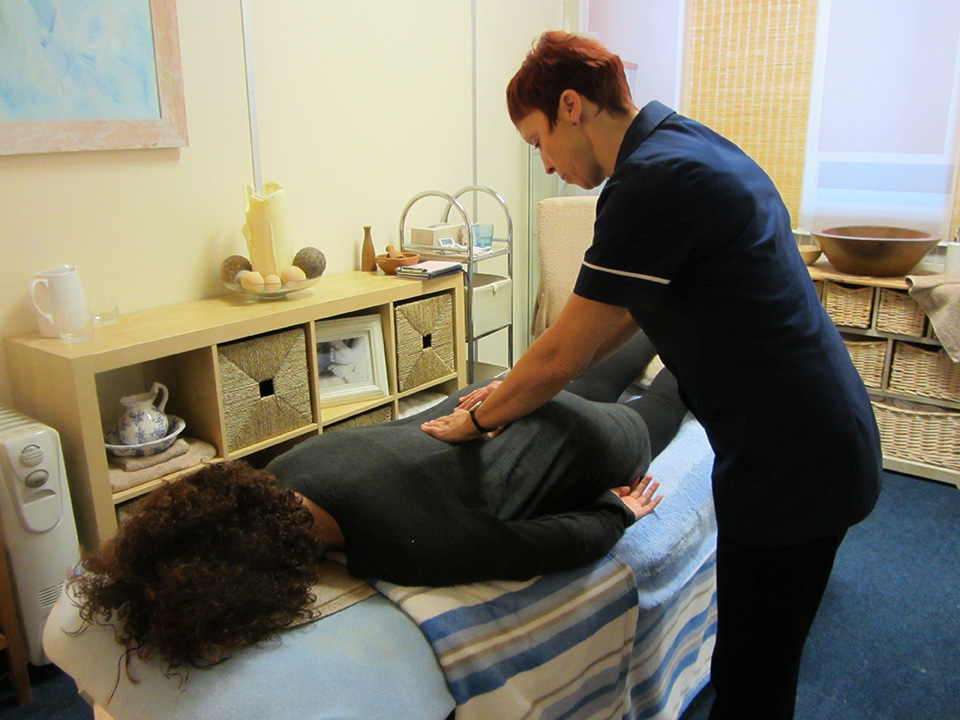
Bowen Therapy
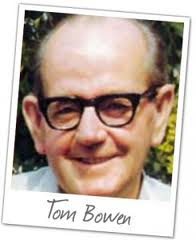 Bowen therapy, or the Bowen technique, is a non-invasive, whole body treatment using gentle rolling movements over muscle on certain points to help it balance, repair and reset itself. It was developed in the 1950’s by Tom Bowen who lived and worked in Geelong, Australia and became interested in how stress and injury affected the human body and went on to use his work colleagues to develop his treatment.
Bowen therapy, or the Bowen technique, is a non-invasive, whole body treatment using gentle rolling movements over muscle on certain points to help it balance, repair and reset itself. It was developed in the 1950’s by Tom Bowen who lived and worked in Geelong, Australia and became interested in how stress and injury affected the human body and went on to use his work colleagues to develop his treatment.
Bowen Therapy is unusual in that the Therapist does not work constantly on the patient and there are many two minute breaks which occur between the Bowen moves which make it so relaxing.
The Bowen Moves
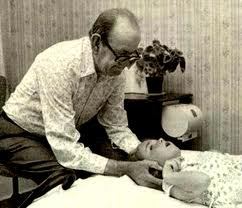 The moves used in Bowen therapy are very distinctive and are used on precise points on the body which relate to acupuncture points. It involves moving the soft tissue in a rolling type movement using the fingers, hands or elbow, depending on the area being worked on and the movement uses the slack of the skin to move the tissue underneath and these moves can be applied over muscle groups, tendons and ligaments.
The moves used in Bowen therapy are very distinctive and are used on precise points on the body which relate to acupuncture points. It involves moving the soft tissue in a rolling type movement using the fingers, hands or elbow, depending on the area being worked on and the movement uses the slack of the skin to move the tissue underneath and these moves can be applied over muscle groups, tendons and ligaments.
The Breaks
The principle of resting the body for a couple of minutes between these moves is vital as it allows the information being put into the body to be processed and it is the time when repairing begins.
Avoid Other Treatment
It is important not to combine Bowen with other treatments and always allow 7 days to get the full effect from the treatment. It is the individual’s body that is doing the healing so for this to take place, the body needs time for the effects of Bowen to process. It is also better to use one treatment at a time to understand which one is helping you to improve.
What Happens In A Bowen Treatment
Similar to McTimoney Manipulation the Bowen Therapy begins with the initial consultation and taking a detailed case history about your current symptoms, previous conditions, medications and general health followed by your first treatment. After the treatment you will be asked to drink water and will be advised of possible physical and emotional changes you may experience. You should allow 1 hr or more for this initial consultation.
All treatments are done fully clothed so it is advisable to wear loose fitting clothing when you come for treatment. Each treatment is personalised to the requirements of the individual patient depending on their symptoms and Bowen will also address underlying problems as a preventative treatment.
Follow up treatments assess how you have been feeling since your last visit and are usually weekly then at longer intervals to aid long term improvement when treatment every 2-3 months is used to maintain the progress and relief of symptoms.
It usually takes between 4-6 treatments to achieve good improvement to symptoms depending on the severity of the problem and how long you have had symptoms for. Age and general fitness will also affect progress as well as good postural habits and the job you do for a living.